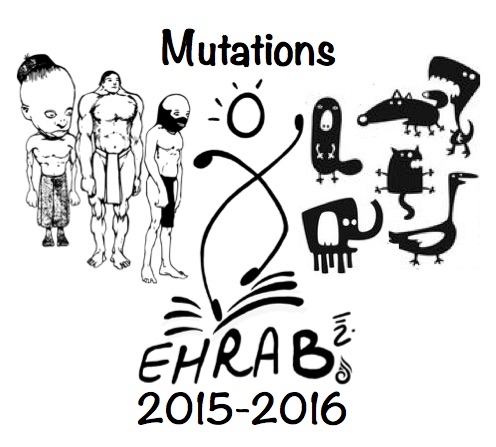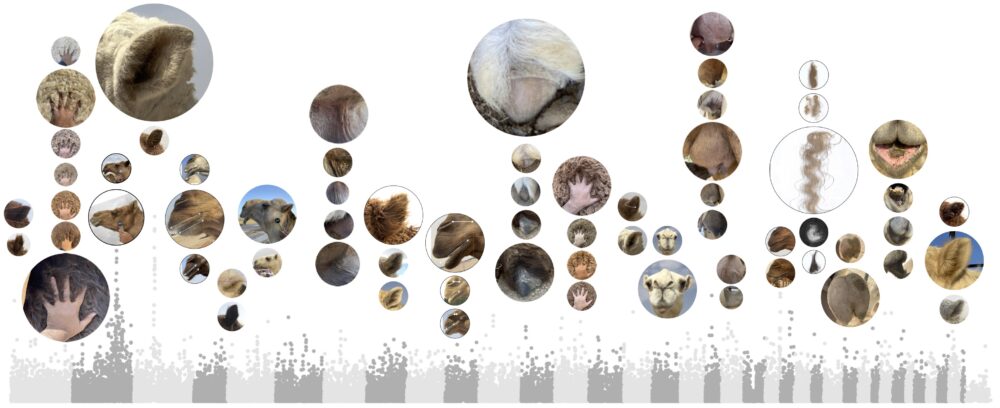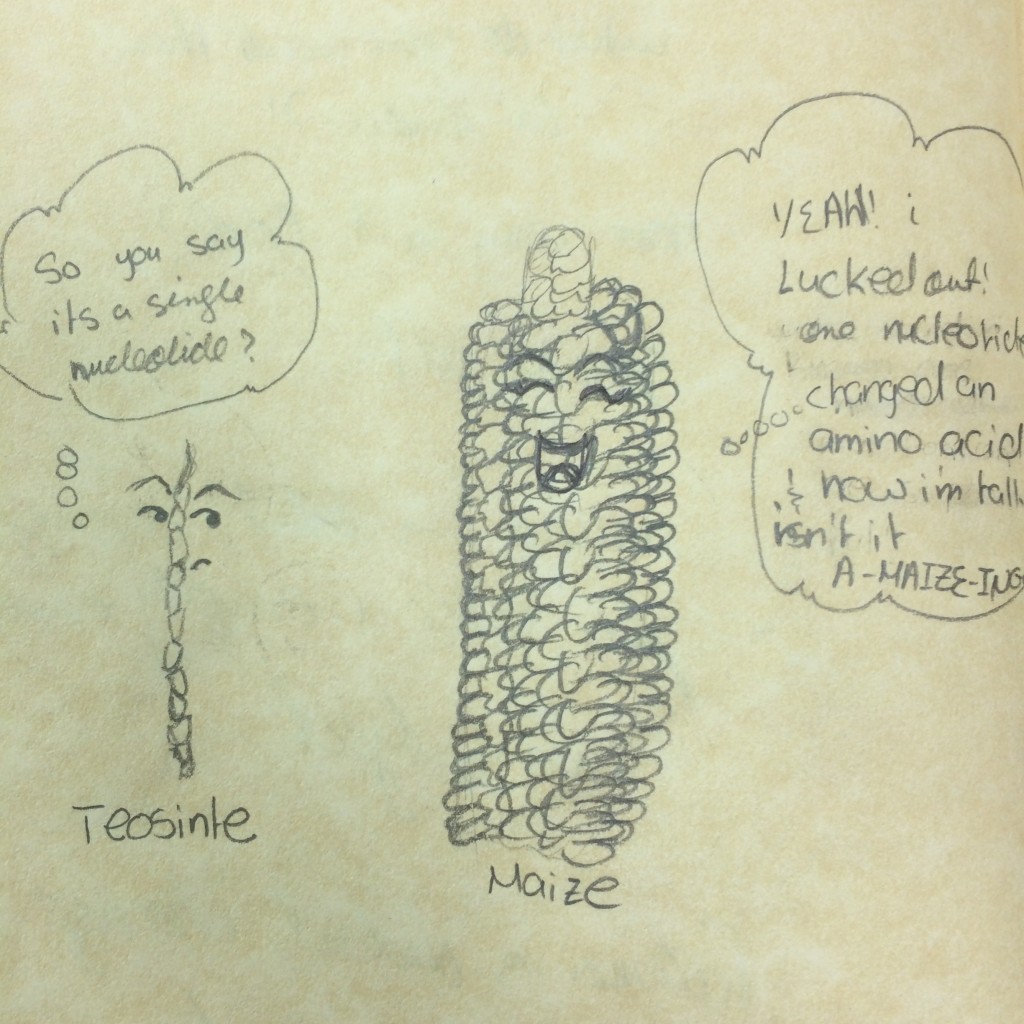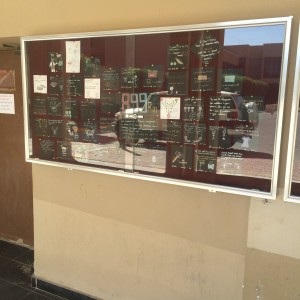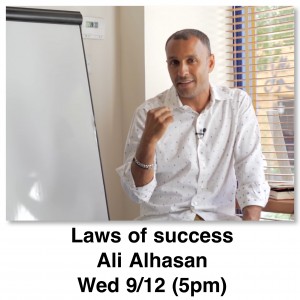We had a very successful year reading amazing biology. Below is a graph indicating the number of scientific paper we read. We have started EHRAB by meeting every week and discussing 2 papers in every session. After few weeks, we have realized that 2 papers are too much due with the academic commitments of the participants (especially students). We decided to discuss a single paper and proved to be a better choice.

Many participants suggested papers to be discussed. The graph above shows the numbers of papers per participant. I hope to see participants select more paper and become more active in EHRAB.
My graduate student Mona Abdi suggested a gathering to celebrate the first anniversary of EHRAB. She organized the meeting. While we enjoyed a cake and coffee (tasty stuff) , we also shared likes and dislikes about EHRAB during 2014-2015. I was surprised to know how much students learned during the sessions. The most notable comment was ” we are not afraid of papers anymore”. That alone is a success for me 🙂

Based on suggestions by participants, we have decided to have a theme for EHRAB every semester. The theme would be a scientific biological concept and papers discussed would be related to the concept. EHRAB during fall 2015 will be focusing on DNA mutations. We will be meeting every other week to ensure that everybody had a chance to read the papers and everybody is eager to escape to biology.
